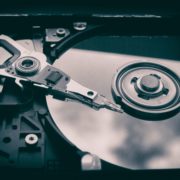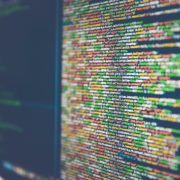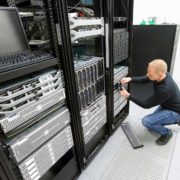What is the Difference Between Backup and Archive?
Data backup vs. data archiving – these topics aren’t so much an either or, but rather a necessary combination. With the increase in attacks that often include malware, employee sabotage, ransomware, and a host of other denial of service events, being able to recover your data is now a boardroom discussion.













